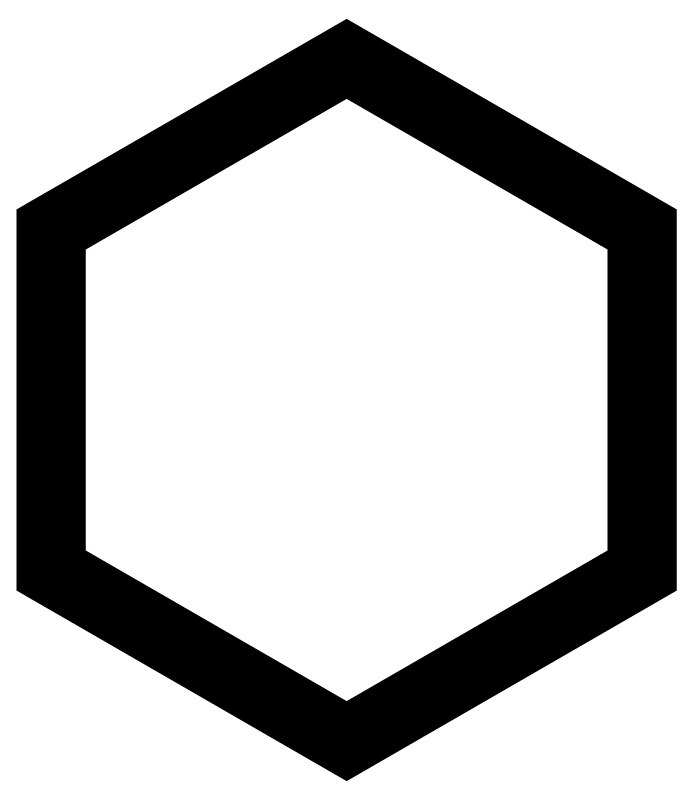F A
(Architecture)
During Baron Haussmann’s vast Parisian construction programme of the late nineteenth century, architect Gabriel Davioud was commissioned to design street furniture to punctuate the grand new boulevards. Along with distinctive benches, bandstands, fountains and lampposts, Davioud introduced newspaper kiosks and advertising posts topped with a hexagonal green dome.* The columns later became known as ‘Colonnes Morris’, after local printer Gabriel Morris, and were intended specifically for the promotion of cultural events.
Both kiosk and column became and have remained a distinctive feature of Parisian civic life.** In the years following their installation, artists Henri Toulouse-Lautrec and Pierre Bonnard were commissioned to design posters that would stand out on the crowded columns. Printer Jules Chéret adapted the lithographic process for colour printing, giving rise to the distinctive, brightly coloured poster art of La Belle Époque. Later, during the Nazi occupation of Paris, the kiosks were requisitioned to distribute Nazi propaganda and Signal, the German Reich’s equivalent of Time.***
Today, the 340 newspaper kiosks of Paris distribute a little over 40% of all printed media sold each day in the city, representing a uniquely Parisian architecture of publishing distribution now over 150 years old. A recent campaign to replace the kiosks was met with outrage – as one article explains, ‘It’s a particularly distressing trend in the deeply literary French culture. In addition to gossip magazines and glossy style magazines, French kiosks also carry paperback editions of the writings of Marx and other famous philosophers published by the major newspaper Le Monde, and copies of the monthly Philosophie.’
Kiosk – a new glyph set produced for the Paris Visiting School – is a homage to this distinctly Parisian architecture of print. Featuring a six-pointed asterisk for use in body text and a solid hexagonal equivalent for use at display size, the mark is used for citation and occasionally as ornament.
 Parisian newspaper kiosk, 1909, photographer unknown
Parisian newspaper kiosk, 1909, photographer unknown
Every morning I would hasten to the Morris column
to see what new plays it announced. Nothing could be
more disinterested or happier than the day-dreams with
which these announcements filled my imagination, daydreams
which were conditioned by the associations of the
words forming the titles of the plays, and also by the
colour of the bills, still damp and wrinkled with paste, on
which those words stood out. —Marcel Proust, In Search of Lost Time, Vol I: Swann’s Way, trans. Scott Moncrieff, The Modern Library, 1981 (À la recherche du temps perdu, Vol I: Du coté de chez Swann, 1913)
 Jean Béraud, Paris Kiosk, painted between 1880–1884, depicting the intersection of the Rue Scribe and the Boulevard des Capucines
Jean Béraud, Paris Kiosk, painted between 1880–1884, depicting the intersection of the Rue Scribe and the Boulevard des Capucines
 Signal on sale opposite the Opéra, Boulevard des Capucines, during the Nazi occupation
Signal on sale opposite the Opéra, Boulevard des Capucines, during the Nazi occupation
(Ecriture)
A frame that expands and contracts as required: a page; a map.
This is how space begins, with words only, signs traced on the blank page. To describe space: to name it, to trace it, like those portolano-makers who saturated the coastlines with the names of harbours, the names of capes, the names of inlets, until in the end the land was only separated from the sea by a continuous ribbon of text. —Georges Perec, Species of Spaces and Other Pieces, trans. John Sturrock, Penguin, 1982 (Espèces d'espaces, Galilée, 1974)



Photo: Interior of a Parisian kiosk, 2017.
Graphic identity and text by Rosa Nussbaum

